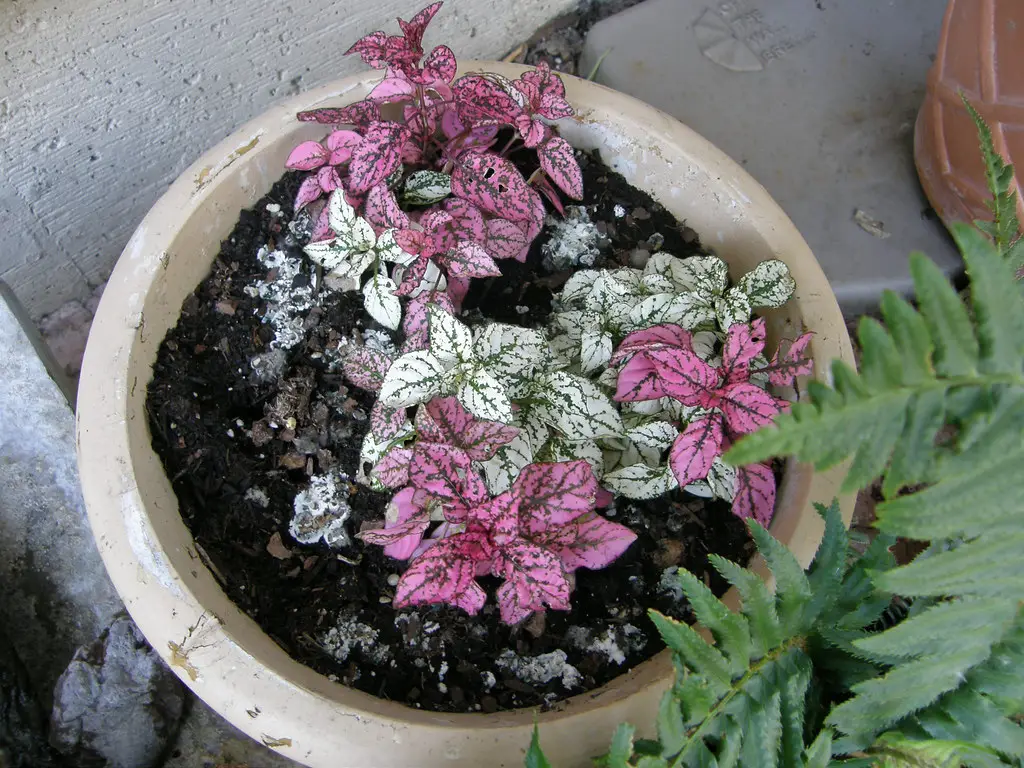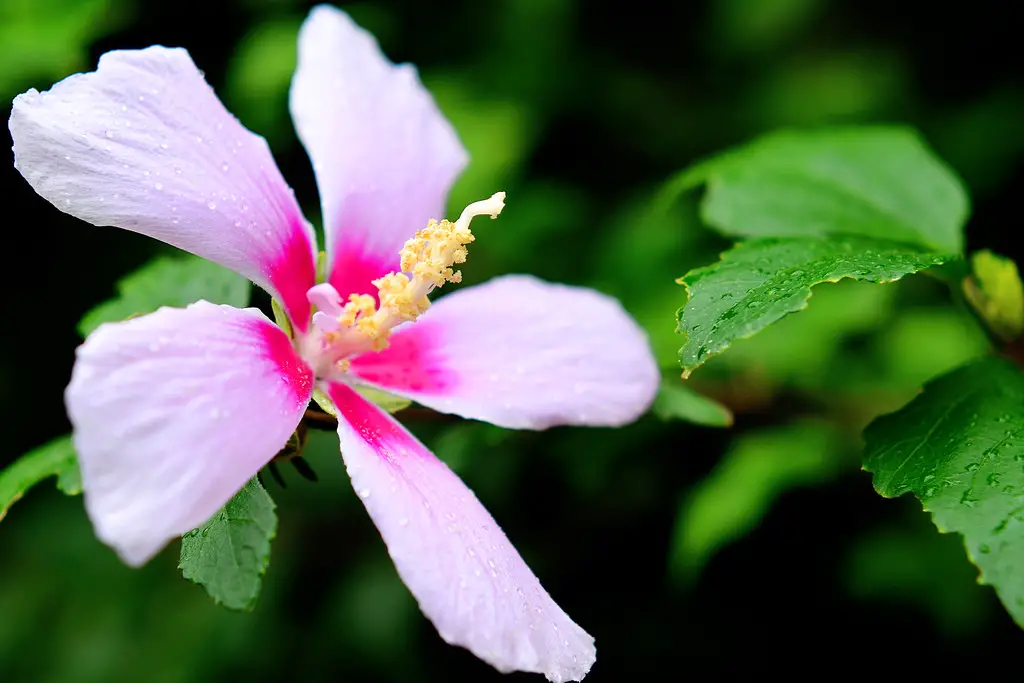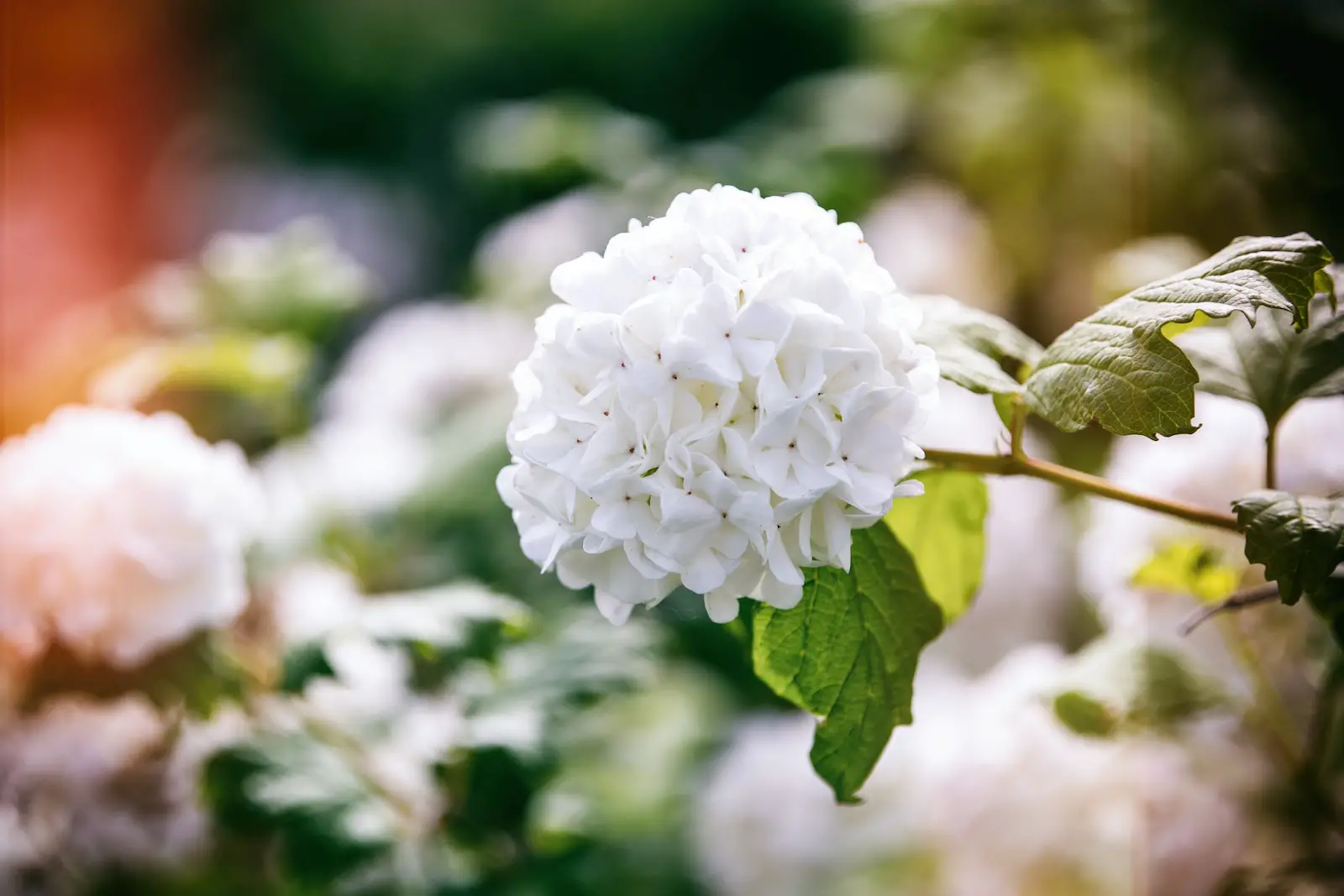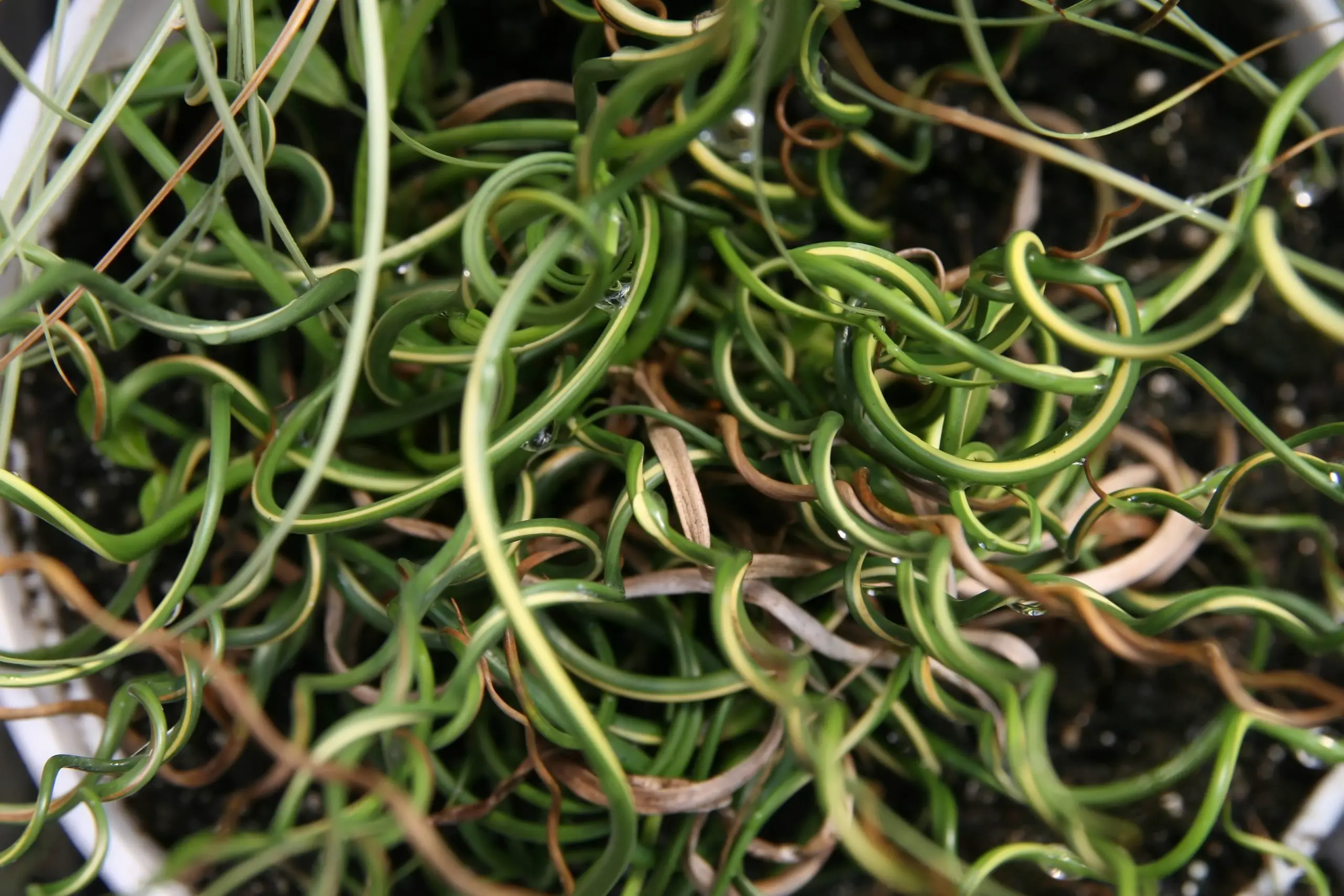The Pink Polka Dot Plant (Hypoestes phyllostachya) is a striking and versatile houseplant known for its vibrant foliage. Its leaves are sprinkled with spots and splashes of pink, red, or white, creating a colorful and appealing display. Native to Madagascar, the Pink Polka Dot Plant has become a popular choice in gardens and homes across the world.
Though it’s often grown as an ornamental houseplant, it can also flourish outdoors in certain conditions. What makes the Pink Polka Dot Plant particularly appealing is its ability to brighten up indoor spaces, adding a touch of whimsy with its lively pattern.
Growing the Pink Polka Dot Plant is relatively straightforward, making it suitable for both novice and experienced gardeners. Its colorful charm and easy care requirements have made it a favorite among plant enthusiasts seeking something unique and vibrant.
| Aspect | Details |
|---|---|
| Common Names | Pink Polka Dot Plant, Freckle Face |
| Botanical Name | Hypoestes phyllostachya |
| Family | Acanthaceae |
| Plant Type | Perennial |
| Mature Size | 6 to 12 inches tall |
| Sun Exposure | Bright, indirect light |
| Soil Type | Rich, well-draining soil |
| Hardiness Zones | 10-11 |
| Native Area | Madagascar |
Pink Polka Dot Plant Care
The Pink Polka Dot Plant is favored not only for its eye-catching appearance but also for its adaptability and low maintenance needs. It thrives with regular care that mirrors its natural, subtropical habitat.
To keep the Pink Polka Dot Plant looking its best, it’s essential to provide it with the right balance of light, water, and nutrients. Ensuring that it has the proper care can lead to a lush and vibrant display that adds a touch of color to any space.
Light Requirement for Pink Polka Dot Plant
The Pink Polka Dot Plant requires bright but indirect light. Too much direct sunlight can cause the colors to fade, while too little light can lead to leggy growth and loss of vibrancy in the leaf markings.
Soil Requirements for Pink Polka Dot Plant
A rich, well-draining soil is ideal for the Pink Polka Dot Plant. Soil that holds moisture without becoming waterlogged will support healthy growth. Adding organic matter can enhance the soil’s quality and structure.
Water Requirements for Pink Polka Dot Plant
Water the Pink Polka Dot Plant when the soil’s top inch feels dry. While it likes consistent moisture, it’s essential to avoid overwatering, as this can lead to root rot.
Temperature and Humidity
This plant thrives in temperatures ranging from 60-75°F (16-24°C). It also appreciates higher humidity levels, reflecting its subtropical origins. If indoor air is too dry, consider misting the plant or using a humidity tray.
Fertilizer
A balanced, liquid fertilizer applied every two weeks during the growing season will keep the Pink Polka Dot Plant vibrant and healthy. Avoid over-fertilizing, as it can lead to weaker growth.
Pruning Pink Polka Dot Plant
Regular pruning helps maintain the shape and encourages bushier growth. Remove leggy or weak stems and pinch back tips to promote a compact appearance.
Propagating Pink Polka Dot Plant
Propagating this plant is simple and can be done through stem cuttings. Cut a healthy stem, remove the lower leaves, and plant it in moist soil. It should root within a couple of weeks.
How To Grow Pink Polka Dot Plant From Seed
Growing from seed is possible but less common. Plant the seeds in well-draining soil and keep them moist. Germination occurs within a couple of weeks.
Common Pests & Plant Diseases
Aphids
Small insects that can be treated with insecticidal soap.
Powdery Mildew
A fungal issue that can be controlled with proper air circulation and fungicide.
Common Problems With Pink Polka Dot Plant
Leaf Discoloration
Usually due to too much direct sunlight. Move to a location with indirect light.
Leggy Growth
Often a sign of insufficient light. Adjust the plant’s position for better brightness.
Yellowing Leaves
Could be an indication of overwatering. Check the soil and reduce watering if soggy.
Pro Tips
- Rotate the plant occasionally for even growth.
- Keep away from drafty windows or air vents.
- Maintain higher humidity for the best appearance.
- Pinch back regularly to encourage a bushier growth.
- Select a colorful pot that complements the plant’s vibrant foliage.



